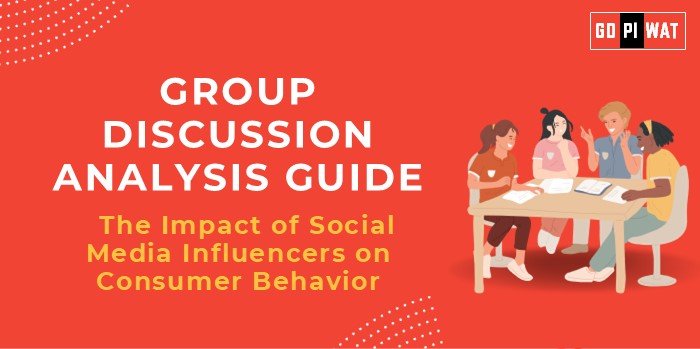📱 The Impact of Social Media Influencers on Consumer Behavior
🌟 Introduction to the Topic
Social media influencers have emerged as pivotal players in shaping consumer preferences, bridging the gap between brands and audiences in today’s digital ecosystem. Platforms like Instagram, YouTube, and TikTok have amplified their role, creating a $16.4 billion global market (2022).
📊 Quick Facts and Key Statistics
- 💰 Market Value: Global influencer marketing valued at $16.4 billion in 2022.
- 📸 Instagram’s Influence: Over 75% of brands utilize Instagram influencers for campaigns.
- 👥 Consumer Trust: 49% of consumers rely on influencer recommendations.
- 📈 Engagement Rate: Micro-influencers engage audiences 60% more effectively than celebrities.
🤝 Stakeholders and Their Roles
- 🎤 Influencers: Act as brand ambassadors and content creators.
- 🏢 Brands: Leverage influencers’ reach to boost visibility and sales.
- 📱 Platforms: Facilitate collaborations and provide analytics for performance tracking.
- 🛍️ Consumers: Engage with influencers and make purchasing decisions based on their recommendations.
🏆 Achievements
- 📈 Brand Visibility: Influencer-led campaigns yield 1.6x higher ROI than traditional ads.
- 💡 Consumer Trust: Relatable content builds loyalty and brand affinity.
- 🧑💼 Job Creation: Influencer marketing generates new career opportunities worldwide.
⚠️ Challenges
- 🔍 Transparency Issues: Lack of disclosure about paid partnerships reduces consumer trust.
- 🤖 Fake Followers: Inflated metrics undermine credibility and ROI.
- 🧠 Mental Health Impact: Unrealistic portrayals of lifestyle and beauty standards harm consumer well-being.
🌍 Global Comparisons
- 🇺🇸 USA: The Federal Trade Commission (FTC) mandates clear disclosures of sponsored content.
- 🇨🇳 China: Enforces strict regulations ensuring authenticity and transparency in influencer marketing.
📌 Structured Arguments for Discussion
- Supporting Stance: “Influencers provide relatable endorsements, outperforming traditional ads in engaging audiences.”
- Opposing Stance: “The over-reliance on influencers fosters materialism and amplifies misinformation risks.”
- Balanced Perspective: “While influencers revolutionize marketing, ethical regulations are essential to address associated risks.”
💡 Strategic Analysis of Strengths and Weaknesses
- ✔️ Strengths: High ROI, real-time engagement, consumer trust.
- ❌ Weaknesses: Vulnerability to fake metrics, ethical concerns.
- 🚀 Opportunities: AI-driven influencer discovery, niche influencer growth.
- ⚠️ Threats: Algorithm changes on platforms, stricter regulations impacting reach.
🔮 Connecting with B-School Applications
- Real-World Applications: Influencer marketing ties into brand strategy, digital transformation, and consumer analytics.
- Sample Questions:
- “How can brands ensure authenticity in influencer marketing?”
- “What are the economic implications of the influencer economy?”
- Insights: Use analytics to measure influencer impact and explore collaborations with niche influencers for targeted strategies.


